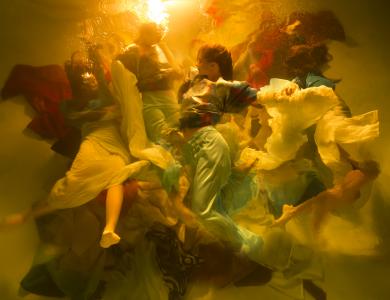For the next 12 days 800 of the best pictures from this year's Sony World Photography Awards adorn the East and West wing gallery walls at London's Somerset House. With 300 images printed to a superb standard (the shortlisted images are shown on large digital screens) we look at some of the most innovative and impactful works in the display to enjoy. All of the prints (except for the lightbox of Richard Ansett's portrait of Grayson Perry and Nadav Kander's work) were produced by our official print sponsor theprintspace.
Richard Ansett's striking image of Grayson Perry is a reworking of the familiar motif of mother and child. The 1.3 metre lightbox illuminates the portrait beautifully, reinforcing the success of the image: an excellent creation where religious symbolism meets high-camp parody. Set on top of one of the many grand fireplaces in Somerset House, this piece is a highlight.

Tim Cavadini's arresting portrait is all about his powerful use of colour. Reproduced to a superb standard, the image can be found in the Open competition's shortlisted entries room, located in the West wing.

Tom Oldham's distinct style is rooted in his intriguing lighting set-up. The bottomless shadows in his Shoot an Arrow and Go Real High portraits are shown to full effect in the three impressive prints hanging in the Sony Grant rooms.
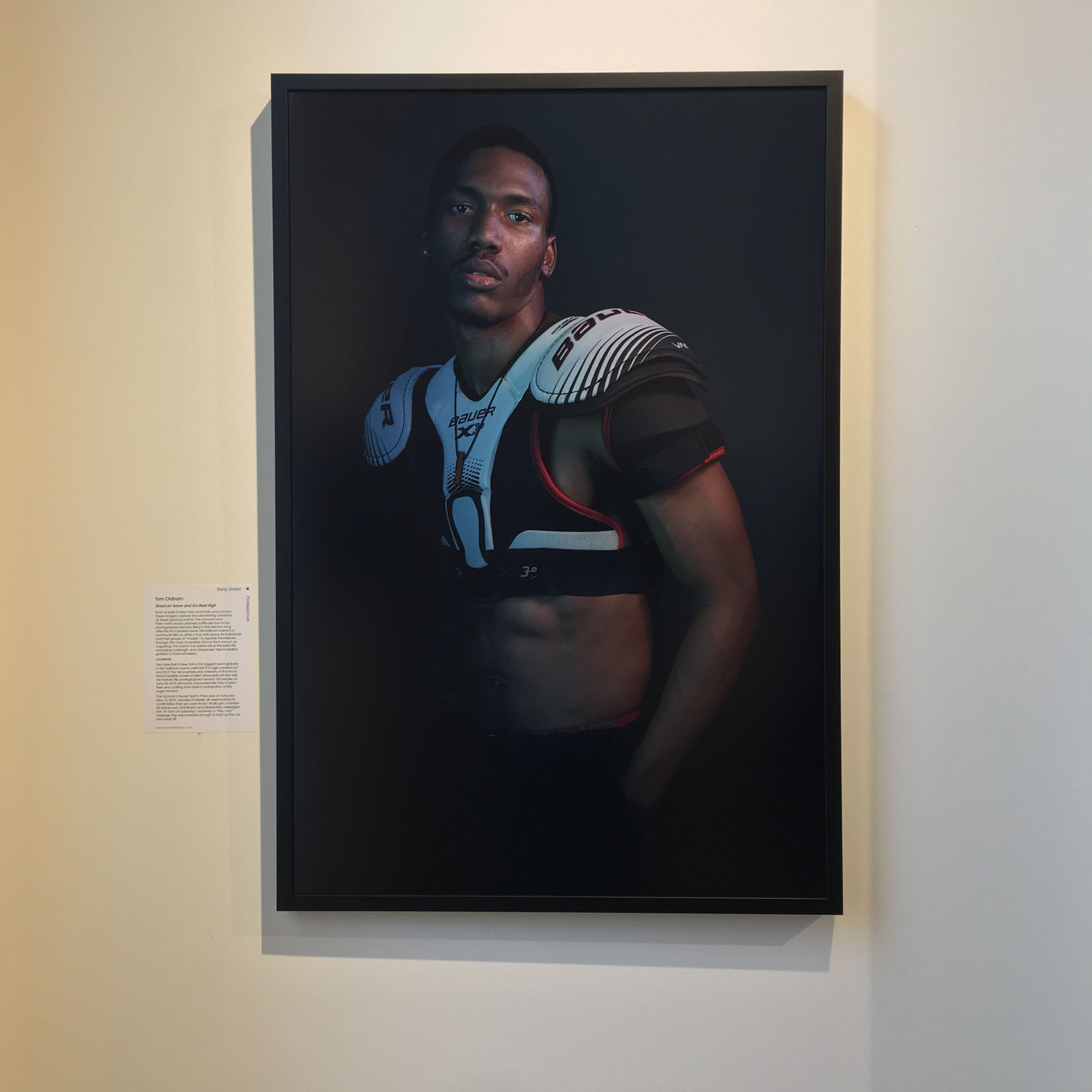
The success of Massimo Giovannnini's series lies in its subtly: the work is not intended to trick the viewer, only to introduce doubt after appearing seemingly simple in appearance. The two sizes of diptychs here emphasize the interplay between symmetry and difference.
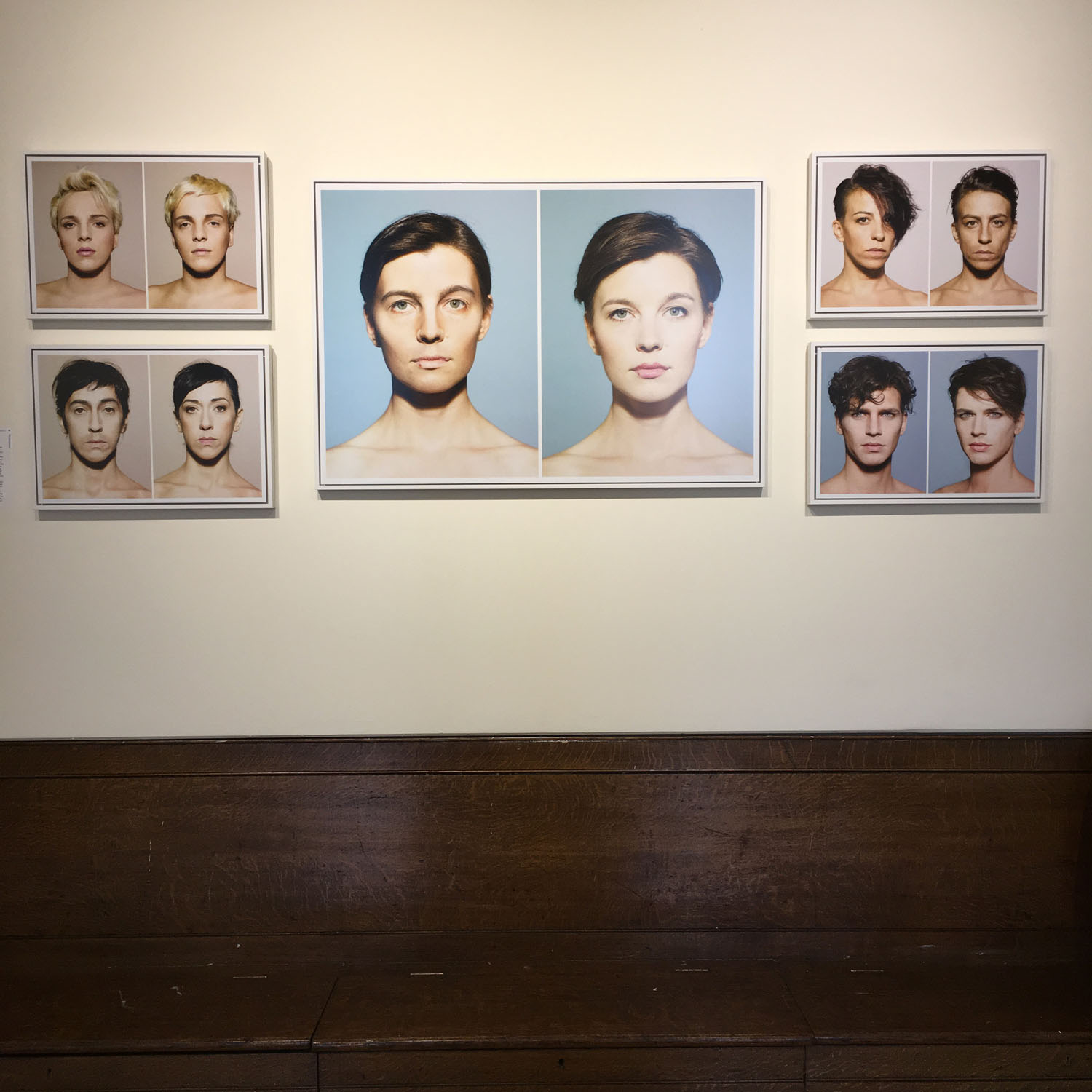
Shot on large format film, clarity is key for Tuomas Uusheimo's Paimio Sanatorium series. The stark, clinical colors come alive in these large prints and with no mount, the viewer can become fully immersed in the subject.
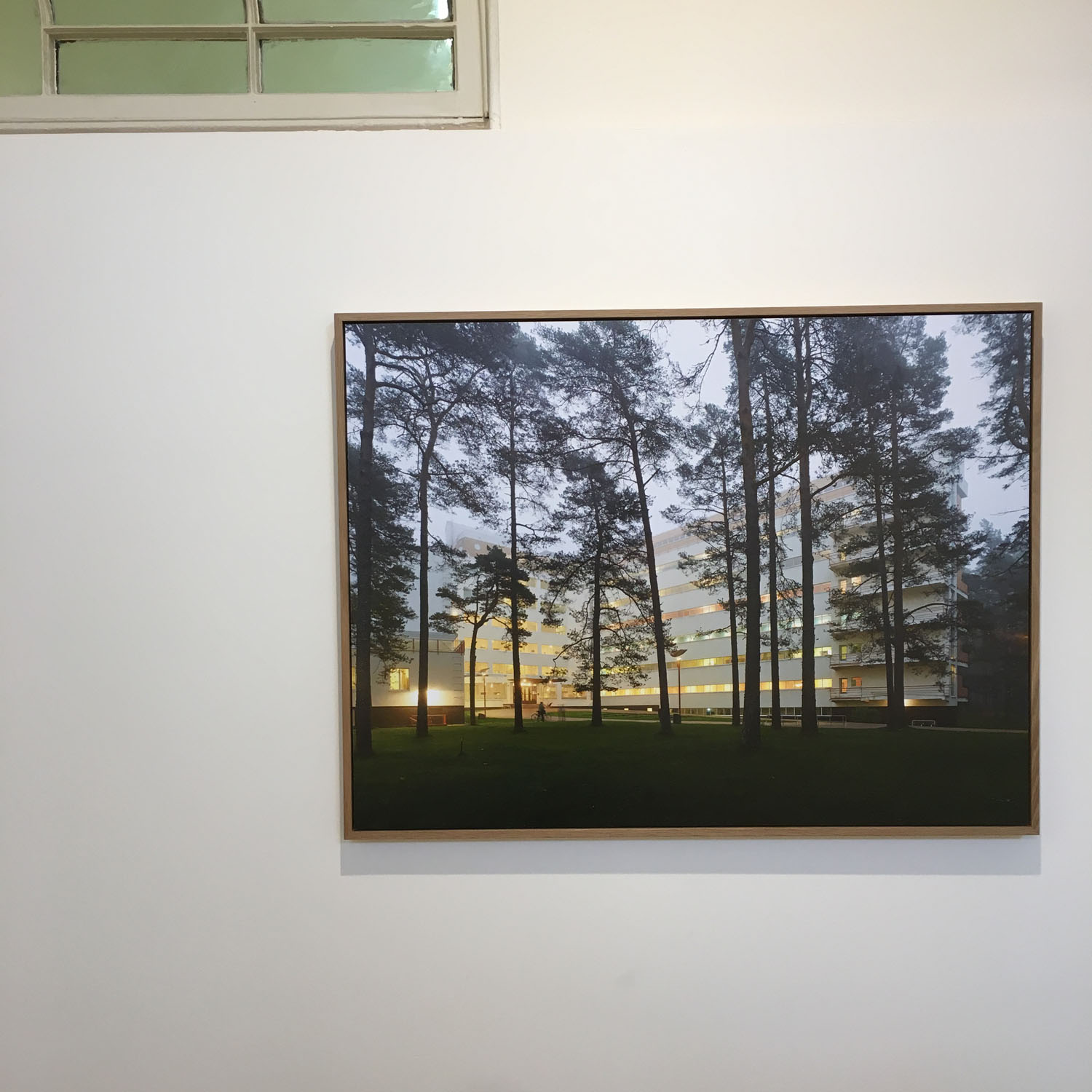
Also found in the Professional competition Architecture category room is Stephan Zirwes Cut Outs - Pools 2018 series. Wonderfully graphic thanks to Zirwes use of tight cropping and strong color, these aerial shots hold together as a collection. Two more of Zirwes' prints can be found in the exhibition bookshop.
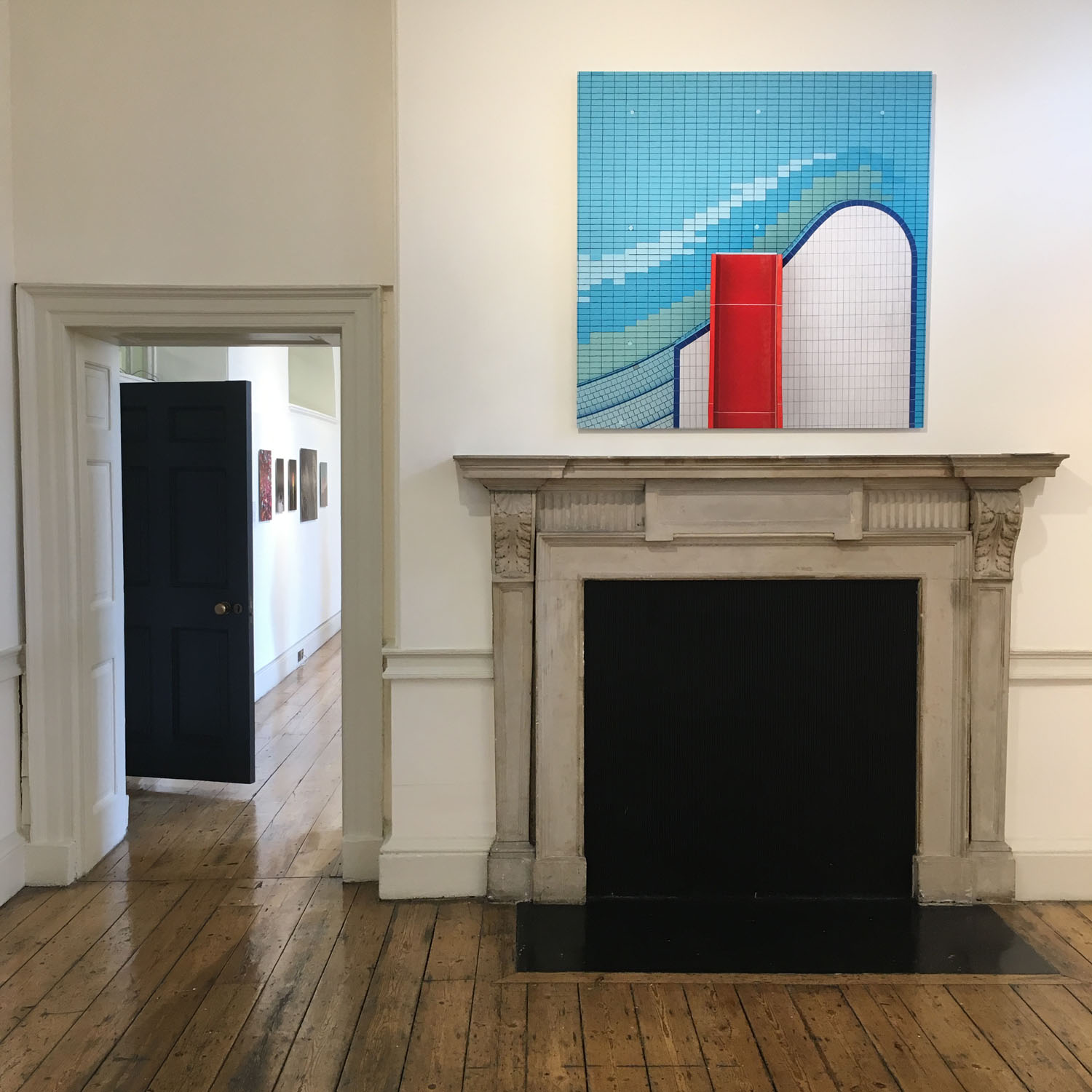
An excellent example of how playful curating can be, Sigurd Fandango's large-scale portrait of a racing driver is placed in the perfect position to give impact. We'll leave the location as a surprise.
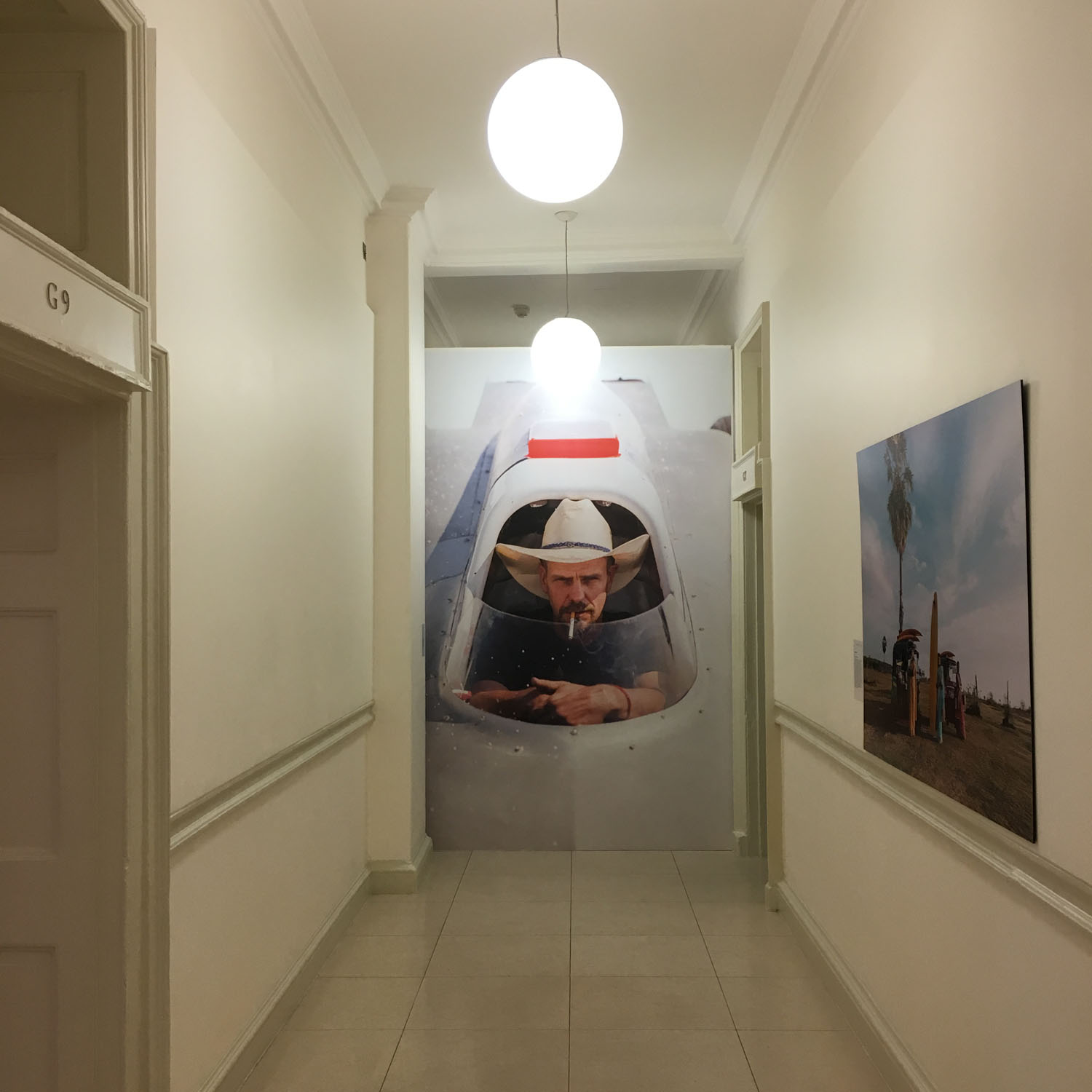
A photograph doesn't have be big to garner attention, but when the right image is reproduced at a larger scale it can successfully change the rhythm of a display. Second place in the Professional competition's Discover category, Boyuan Zhang's camel photograph is a welcome change of pace.
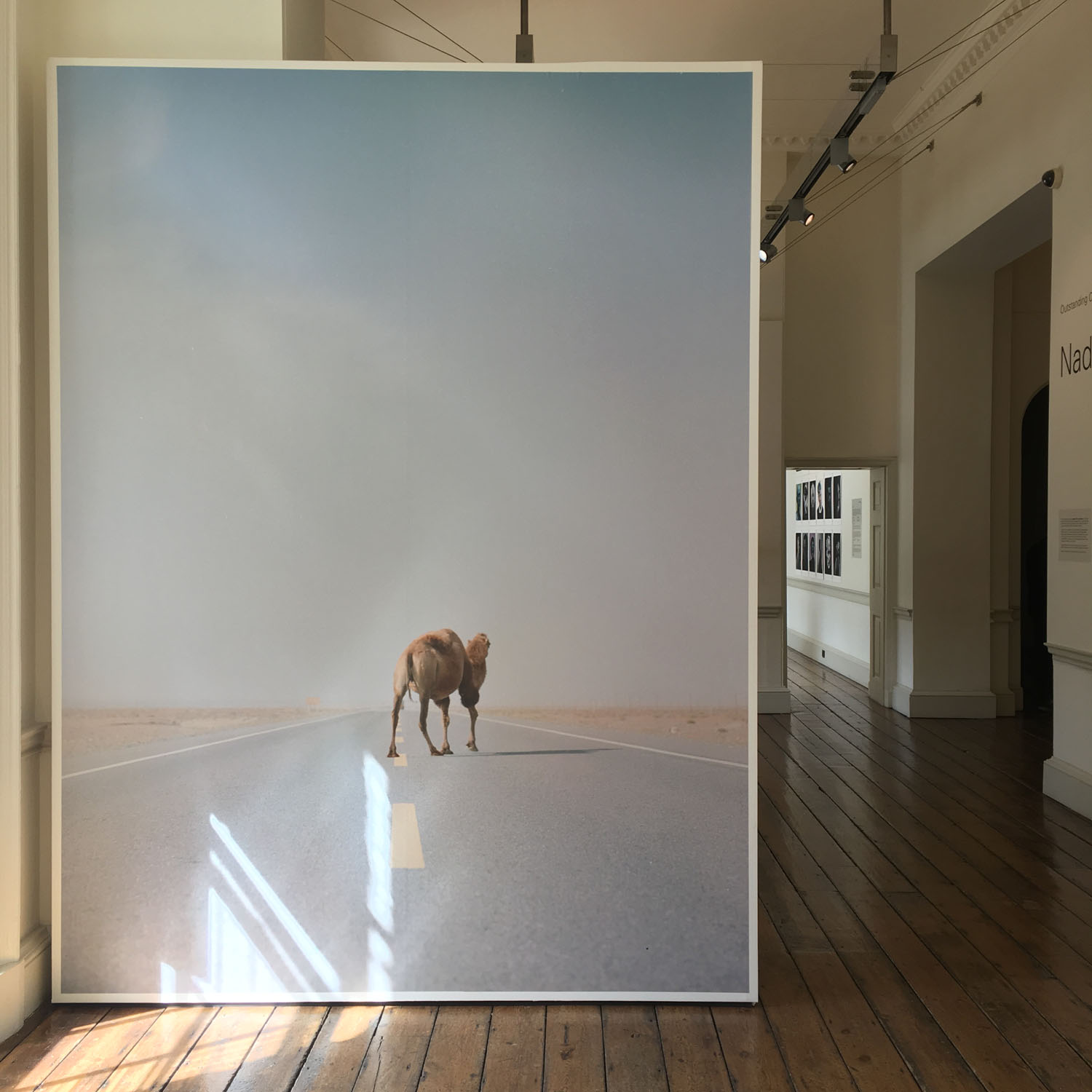
Seeing Nadav Kander's work en masse cements why he received this year's Outstanding Contribution to Photography award. This print you see below is simply tacked to the wall. The work is from Signs We Exist, an ongoing series focusing on the discreet imprints we make on the world. The abstract picture points to the universality of human experience embedded within the minutiae of the everyday.
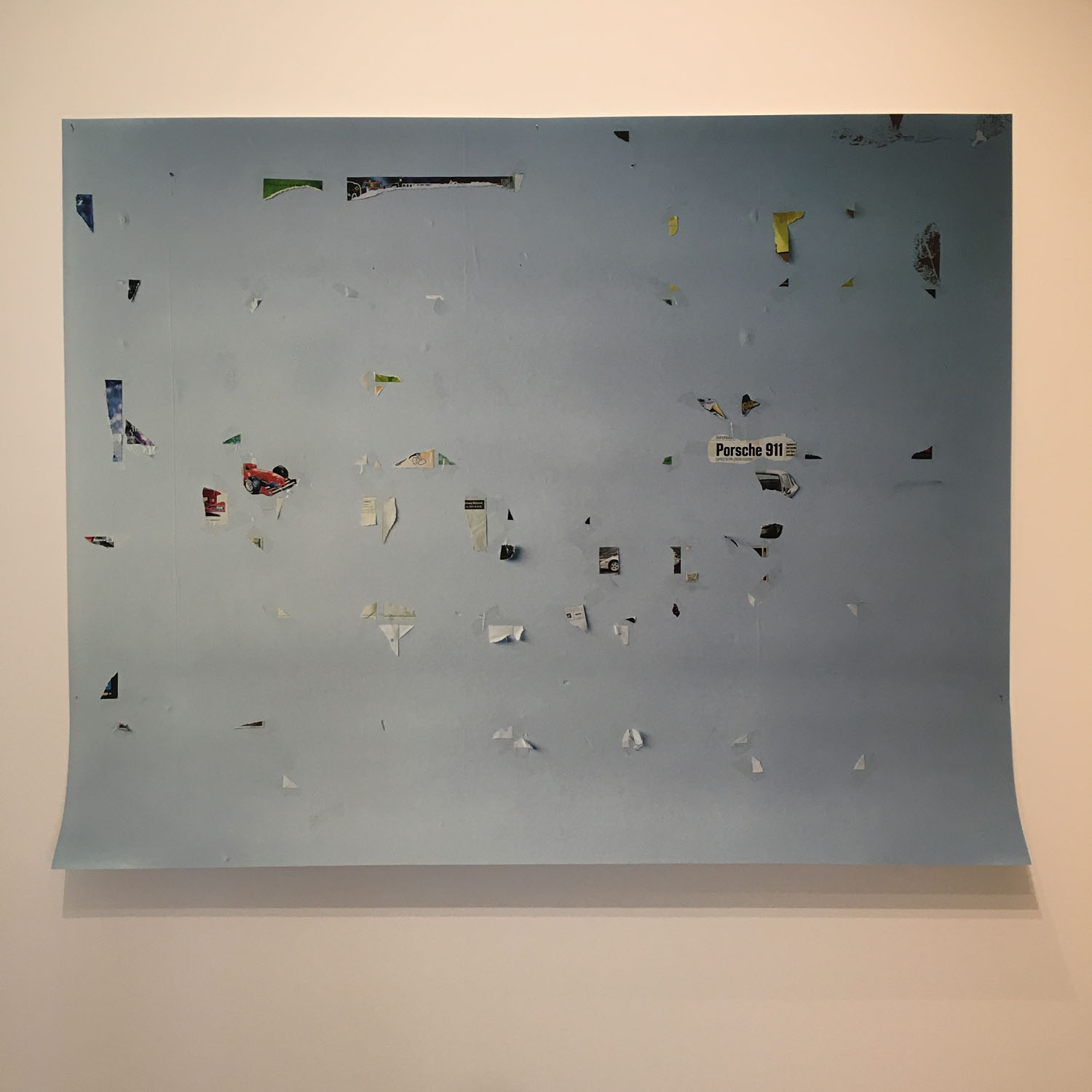
Forever surprising his audience with innovative presentation, Kander's choice of framing his Dark Line - The Thames Estuary photographs is understated elegance at its best. Take note of how he's included his captions for this series – it really is something special.
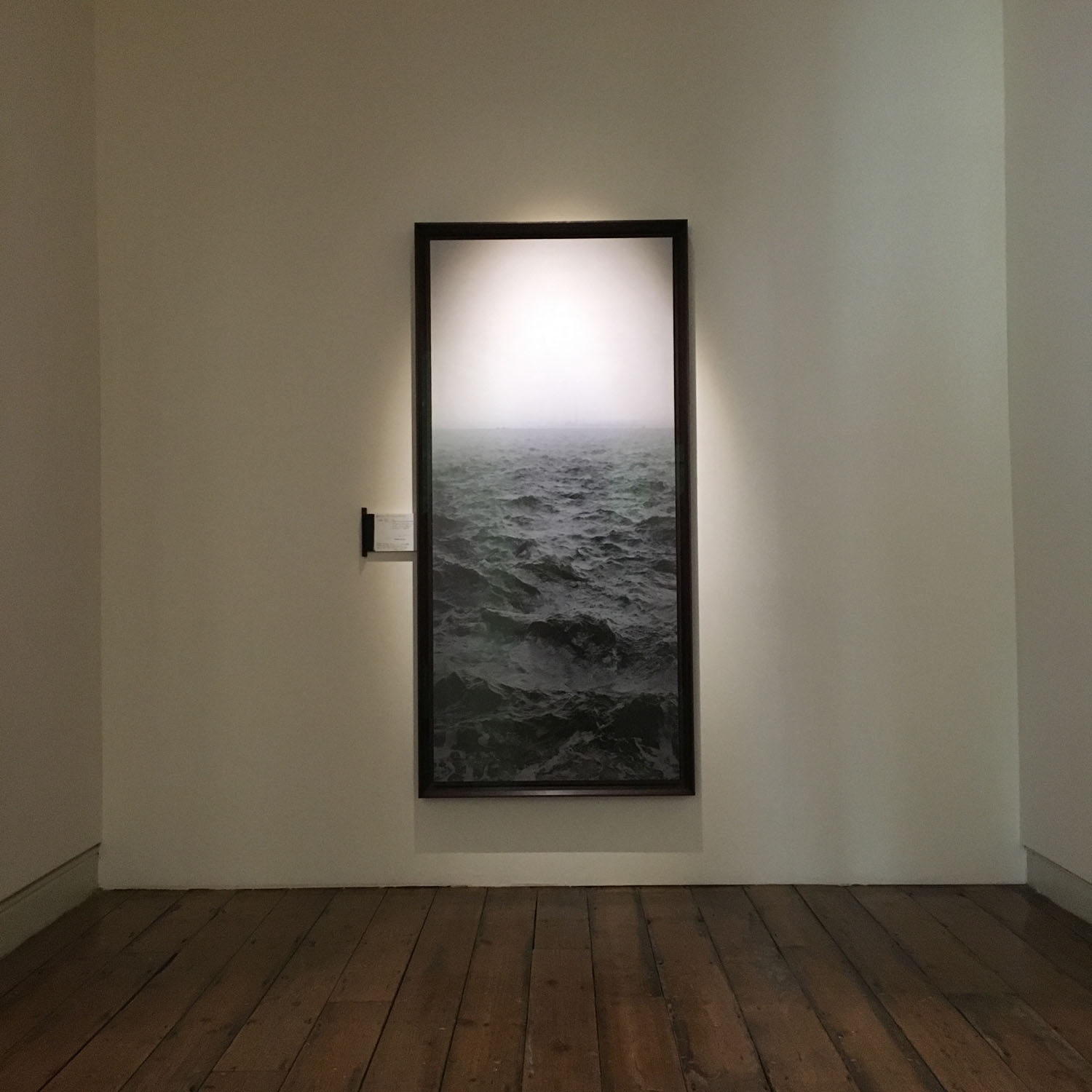
A fascinating story framed in a simple, effective way, Kieran Dodds' Hierotopia can be found in the Professional competition's Landscape category section in the East wing gallery. The bleached color palette seen in each aerial shot is emphasized by the think black frame outlining each print.

With so many motifs embedded in his work, a classic presentation for Ed Thompson's In The Garden of England is a fitting choice, allowing nostalgia, class and the everyday routine of English life speak to the viewer.
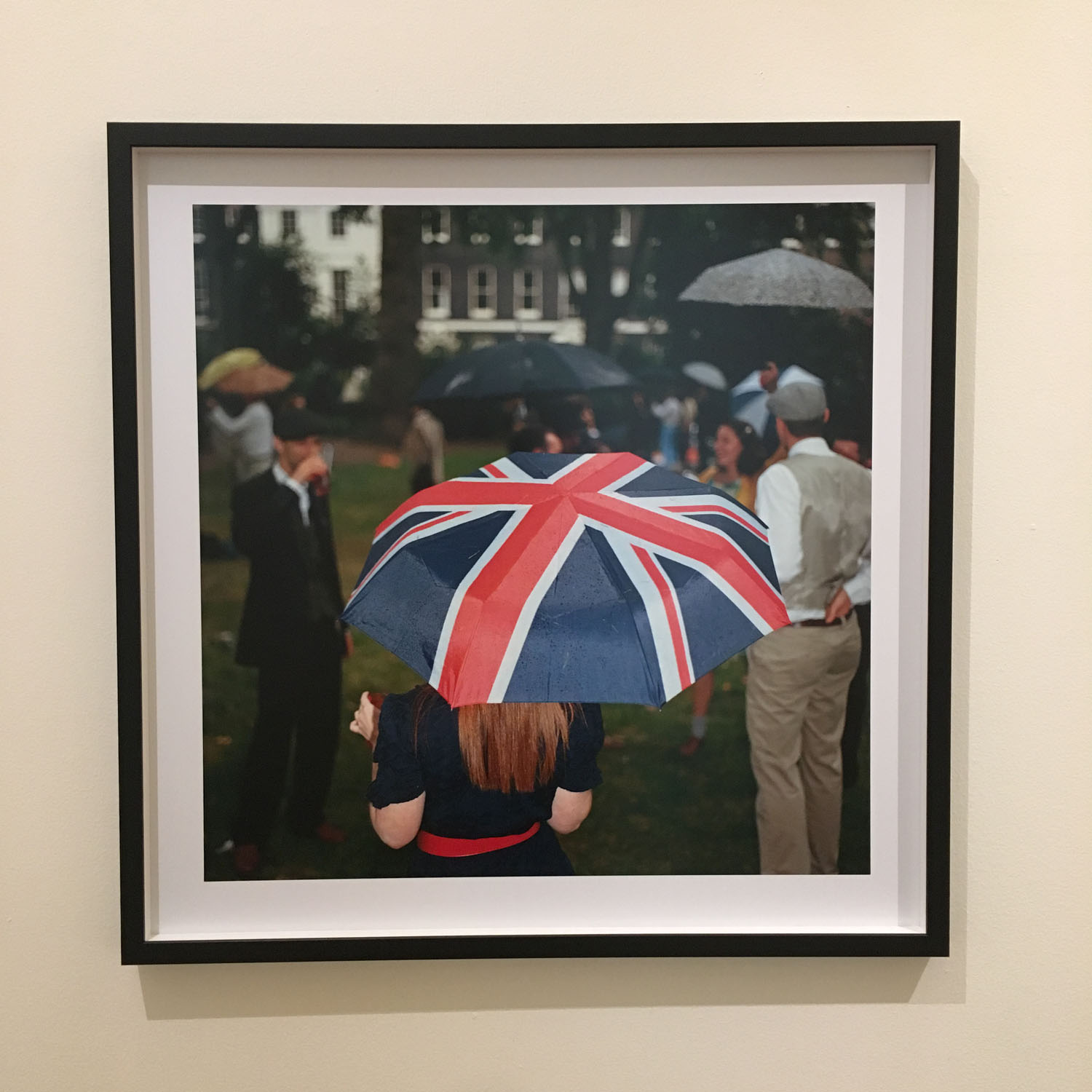
Marinka Masséus' Chosen [not] to Be is experimental photography at its best. With many portraits layered with a variety of materials, the superb, sensitive printing gives many of the works a three-dimensional appearance.



